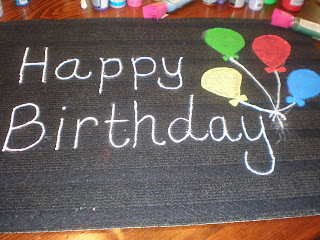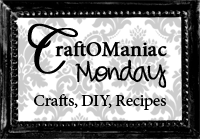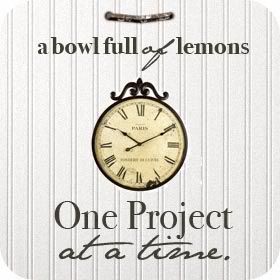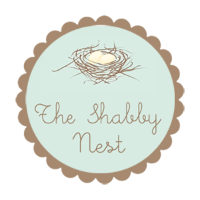This was so easy!
Materials Needed:
A doormat-I bought mine at IKEA for $1, seriously! I bought a few so be on the lookout for some more mats.
Paint-I used fabric paint because I thought it would be more durable
A piece of chalk-any color that will show up on the mat
Paintbrushes
Step 1-Using your chalk, draw whatever images and words you'd like on your mat.
Step 2-Using your paint, paint over the images you drew.
I used paint that was easy to squirt out of the bottle so I could literally write with the paint.
For the balloons, I painted a thick ridge on the outside, but smoothed out the paint on the inside.
I like the dimension the outer ridge gives the balloon.
All four balloons are done.
Well, almost. I had to paint in the strings.
As soon as the paint dries, I'll dust off the extra chalk, beneath the balloon strings, and set it out with the rest of the birthday decorations, to prepare for my baby's 2nd birthday on January 23rd.
I'm sort of guessing, you'll see a couple more of these doormats, in the future!




































































